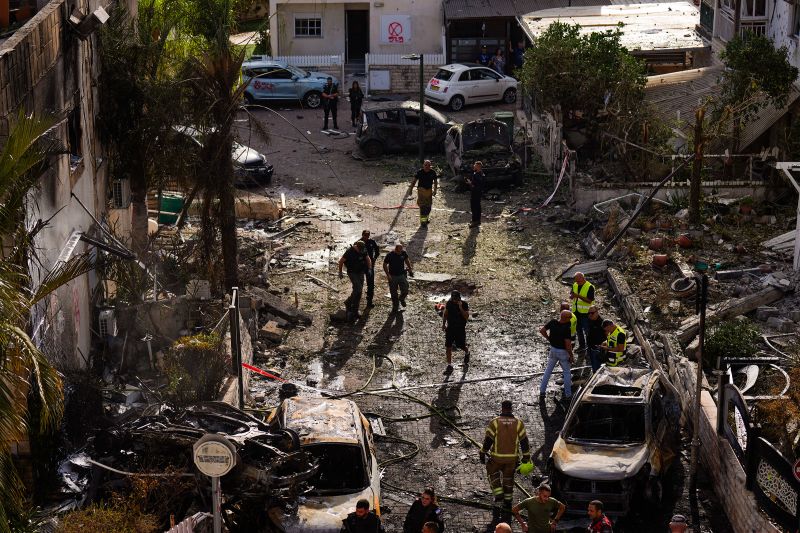
Unveiling Hezbollah’s Arsenal: A Visual Exploration of its Weapons
Hezbollah: What Weapons Does It Have? A Visual Guide
Sitting at the intersection of geopolitics and military strategy, Hezbollah has emerged as a powerful force in the Middle East, attracting attention for its military capabilities and influence in the region. With a history that stretches back to the Lebanese civil war, Hezbollah has evolved into more than just a militant group – it now possesses a formidable arsenal of weapons and technology. In this visual guide, we will take a closer look at the diverse array of weaponry and equipment at Hezbollah’s disposal, shedding light on its capacity to project power and influence in the region.
1. Anti-Tank Missiles:
Hezbollah boasts a significant stockpile of anti-tank missiles, which have proven to be a potent force multiplier in its asymmetric warfare tactics. These missiles, such as the Russian-made Kornet and the Iranian-designed Toophan, provide Hezbollah with the capability to engage armored vehicles at extended ranges, posing a significant threat to conventional military forces.
2. Rockets and Artillery:
One of Hezbollah’s most renowned capabilities is its extensive rocket and artillery arsenal. With an estimated 150,000 rockets and missiles, including long-range variants capable of reaching deep into Israel, Hezbollah has the ability to strike targets with precision and persistence, effectively deterring its adversaries and exerting pressure in conflicts.
3. Drones:
In recent years, Hezbollah has exhibited a growing proficiency in using unmanned aerial vehicles (UAVs) for reconnaissance, surveillance, and even offensive operations. With drones like the Ababil series and the armed Shahed family, Hezbollah can gather intelligence, monitor enemy movements, and conduct precision strikes, further enhancing its operational capabilities.
4. Anti-Aircraft Systems:
To counter potential aerial threats, Hezbollah has invested in a range of anti-aircraft systems, including portable surface-to-air missiles like the Russian Igla and the Iranian Misagh. These systems provide Hezbollah with a layer of defense against hostile aircraft, safeguarding its assets and personnel on the ground.
5. Infantry Weapons:
In addition to its more sophisticated weaponry, Hezbollah maintains a well-equipped infantry force armed with a variety of small arms, grenades, and explosives. These weapons play a crucial role in Hezbollah’s asymmetric warfare tactics, enabling its fighters to engage enemy forces in close combat situations and fortified positions.
6. Naval Assets:
Despite its origins as a land-based militant group, Hezbollah has also demonstrated a limited but noteworthy maritime capability. With small patrol boats armed with rockets and machine guns, Hezbollah can project power along the Lebanese coast and potentially disrupt maritime traffic in the event of a conflict.
In conclusion, Hezbollah’s arsenal of weapons and equipment is a testament to its evolution from a guerrilla force to a well-equipped paramilitary organization with significant military capabilities. By leveraging a diverse array of weapons systems, Hezbollah can assert its influence in regional conflicts, deter adversaries, and shape the strategic landscape in the Middle East. As the geopolitical dynamics continue to evolve, understanding Hezbollah’s weaponry is essential for comprehending its role as a potent actor in the complex tapestry of the Middle Eastern security environment.
